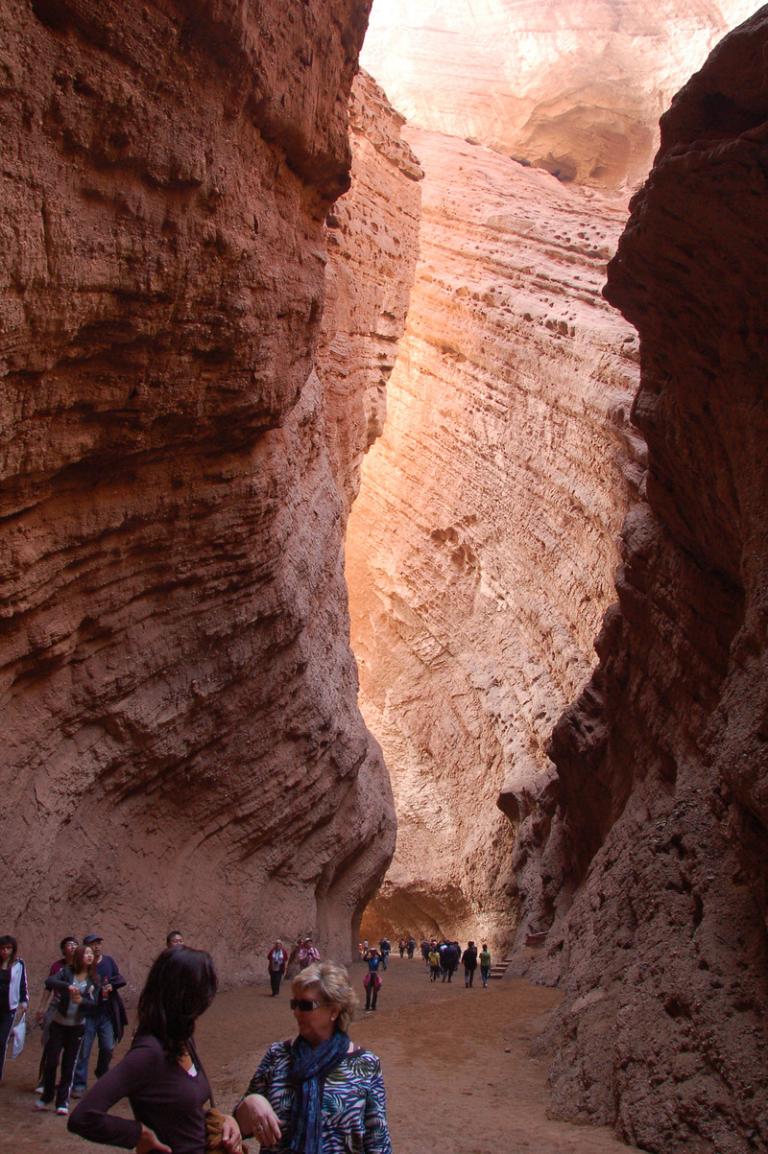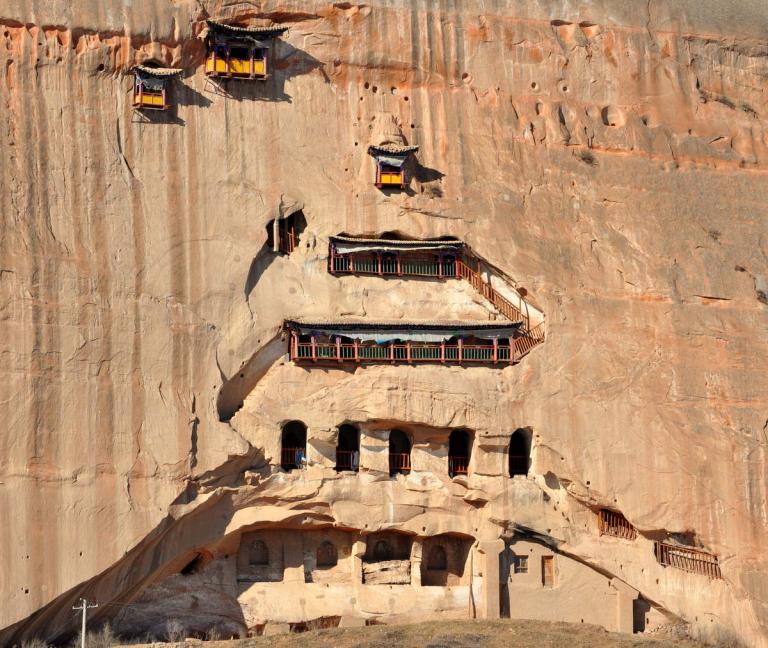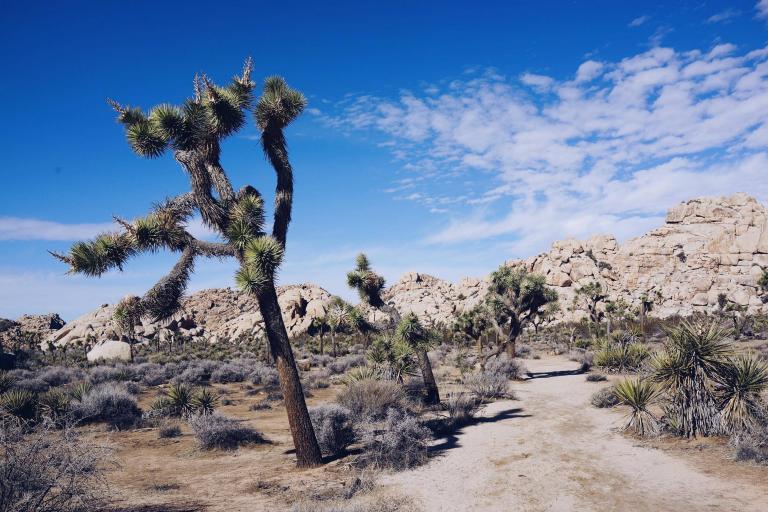Relics of Cave Temples
4 min readSanxian Cave Grottoes
Located on the hillside of the cliff on the right bank of the Bo Shike JanmRiver about 10km north of today’s Kashgar City, the Sanxian Cave Grottoes isan ancient Buddhist grotto site. According to the research, the grotto dug in the East Han Dynasty is the oldest grotto preserved in western China and the only one Buddhist site in the ancient Shule Region, so it is extremely precious.

The Sanxian Cave Grottoes have been scoured for a long time, so the distance from the river bank to the bottom of the cliff is only 10m, the distance from the bottom of the cliff to a grotto entrance on the hillside of the cliff is about 13m, and the distance from the entrance of the Sanxian Cave Grottoes to the top of the cliff is about 8m. The cliff rises straight up with the facade being cut, so it is difficult for a person to enter the grotto without using climbing tools. There are 3 parallel grotto entrances in the direction of thenorth, and the parallel grotto entrances are like doorframes. The middle grottwhich is nearly 2m high and about 1.5m wide is the biggest. Each of the three grottoes is composed of a front chamber and a back chamber, and all the front chambers are larger than the back ones. The front chambers are 4m long,4m wide and about 2.5m high; and the back chambers are only half of the front ones in size. The grotto top is of a longitudinally rolling shape, which is a usual shape of gravel-based Buddhist grottoes. The walls among the three grottoes are thicker than 1m, and the three grottoes associated with each other through small holes dug by the descendants.

The front chambers of the Sanxian Cave Grottoes are empty, and wall paintings in the grottoes have been destroyed. However, there are some autographs in Chinese, English, Japanese and Russian, most of which are left after the Qing Dynasty. British Stein, French Pelliot, German Le Coq, JapaneseTachibana Zuicho and so on once came here and left the autographs. There is an acephalous Buddhist statue body in the middle of the back chamber, and colorful clay sculptures on the Buddhist statue body have been eroded away. The relics in the east grotto are abundant. There is a stone bed in the back chamber of the east grotto. Rectangular holes about 40cm are formed in the stone bed, and they might be sockets for fixing several Buddhist statues in those years. Unfortunately, the Buddhist statues have all gone. In terms of thenumber and the quality, both the wall and the caisson of the front chamber in the east grotto are precious. Four walls of the Sanxian Cave Grottoes are fully painted with various Buddha figures different in size, but two thirds of the Buddha figures have been destroyed. There are over 70 Buddha figures remained on the left walls. The top is a lotus caisson on which lotus seeds are still distinguishable and distinctive. Sitting Buddha figures about 50cm high are painted around the caisson. The cassock of one sitting Buddha figure is illustrated with colorful lattices, embellished with banyan leaves behind. Thecostume dressed by this Buddha figure is the only one in early Buddhist wallpaintings.A standing Buddha figure is still preserved in the back chamber of the east grotto, and it is very beautiful and vivid. The costume of the standing Buddha figure is more strange and different. The part below the abdomen is painted with green-red-blue transverse lines, and the model and the color are extremely rare in grotto wall paintings previously known in China. The tone in the grottoes is elegant and simple, and the patterns are unique and vivid, fully embodying super imagination and creative skills of the Shule people in the Western Regions. And only gouging traces are left on the inner wall of the west grotoo.
In 120 A.D, after introducing the Buddhism from Kushana Dynasty of Dayeuzhi to the west of the Pamirs, the Shule king Chenpan started to extensively build temples and Buddha halls in Shule and dug a lot of Buddhist grottoes. The Sanxian Cave Grottoes might be an important grotto dug shortly thereafter. As is known to all, it is the oldest grotto preserved in west China.Later on, numerous Cave Temples had been gradually excavated, and the Buddhist grotto art was introduced into mainland China in the period of Wei, Jin and the Northern and Southern Dynasties (220-589). Therefore, the Sanxian Cave Grottoes is of great importance in researching the eastward spread of the Buddhism and the Buddhist grotto art.
In 1957, the Sanxian Cave Grottoes was listed in the first batch of the key relic protection sites in the Xinjiang Uyghur Autonomous Region.









